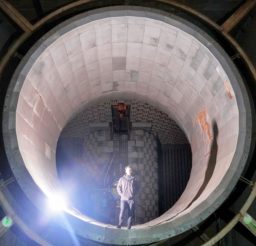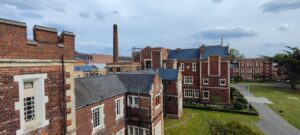Abandoned Kent: Shorts Brothers Tunnels- Air Raid Shelter & Factory, Rochester

Below the cobbled streets of the picturesque town of Rochester, Kent, lies a maze of tunnels.
During WWI, Shorts were among the manufacturers of two flying boats. By the end of the war, these were being built in their factory in Rochester. Due to increasing demand, the company moved to a new location next to the River Medway to give easier access for the launching of completed planes. This facility became known as the Seaplane Works, which came into use in 1915. Shorts continued the development and building of sea planes at the site during the interwar years, launching and landing planes from the River Medway. In 1939 King George VI and Queen Elizabeth toured the factory.
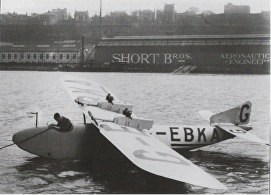

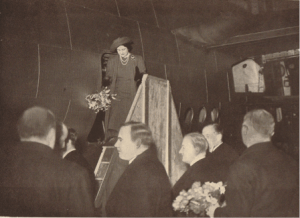
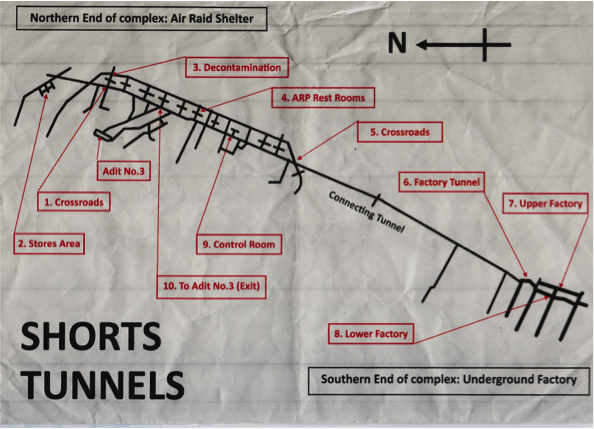
The Second World War was obviously a busy time for Shorts, and in 1941 plans were put together to expand their factory underground, both to offer protection from the vulnerability of the location to enemy bombs, and because their above-ground factory was working at capacity. The tunnels created 12,000 square feet of workshop space at a cost of £20,000. The underground network consisted on two 100-metre long tunnels, connected by four 72-metre long tunnels. At the far East of the complex, Shorts constructed a network of air raid shelters, including a hospital- two parallel tunnels, each 300 metres long. This was connected to the main factory by a 400 metre long tunnel. The tunnels were cut into the chalk of the cliff and lined with brick. Ventilation was provided by shafts extending to the surface, which were also fitted with ladders to provide an emergency escape route.


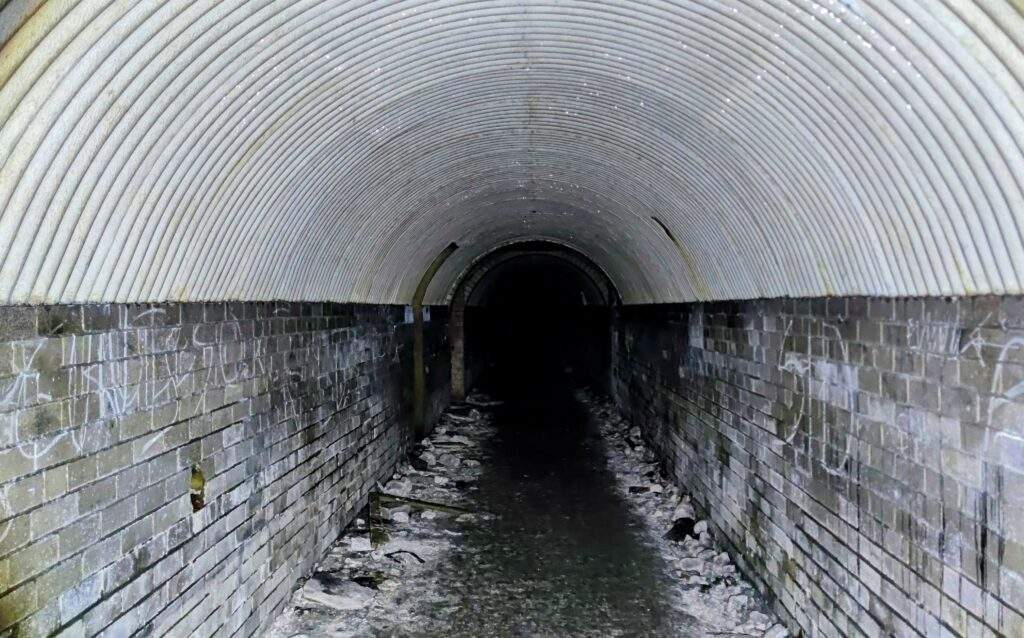
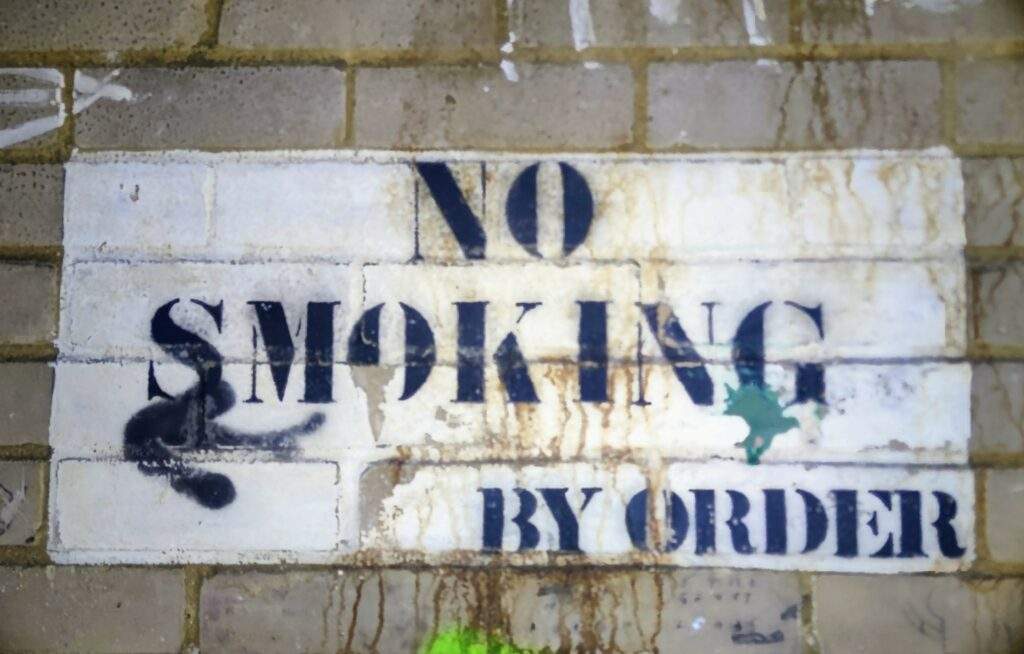




In 1943 the government took over Shorts with a compulsory acquisition, which was completed when the directors of the company were “invited” to resign. At the peak of World War II 12,000 people had been employed at Short’s factory in Rochester, however in June 1946 a proposal was made to completely relocate Shorts to Belfast. More than 5000 worked marched in vain through the Medway tows in protest of the move. By 1947 the wartime factories had close down, and the move to Belfast (where the company remains in operation to this day) was complete.


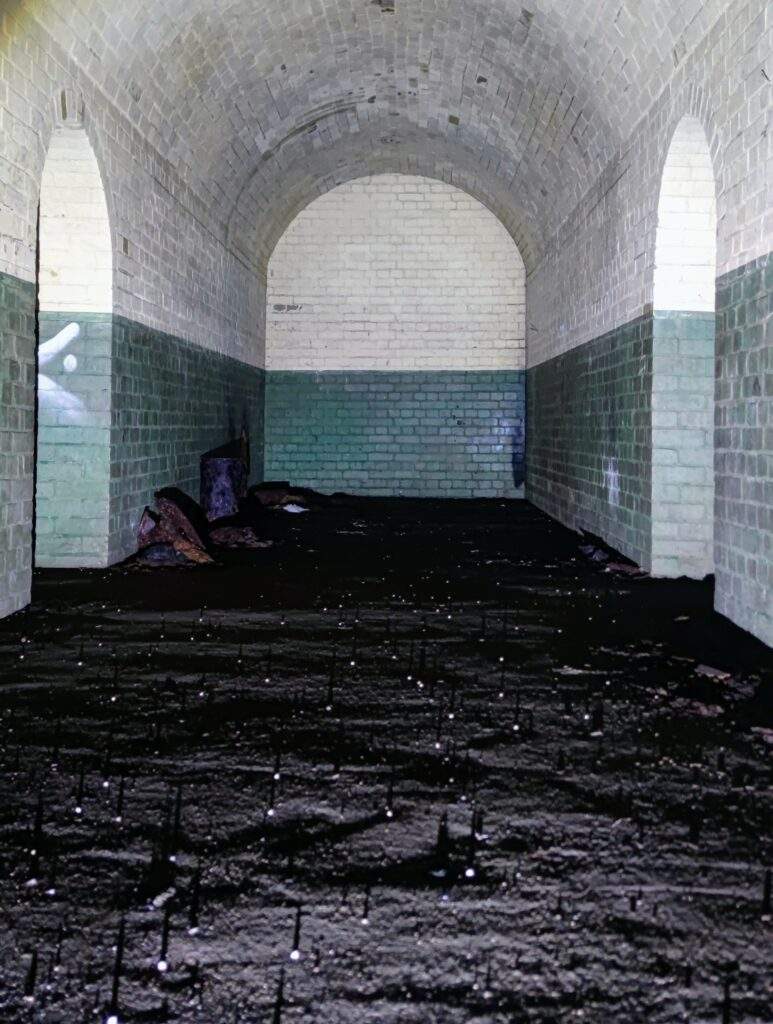

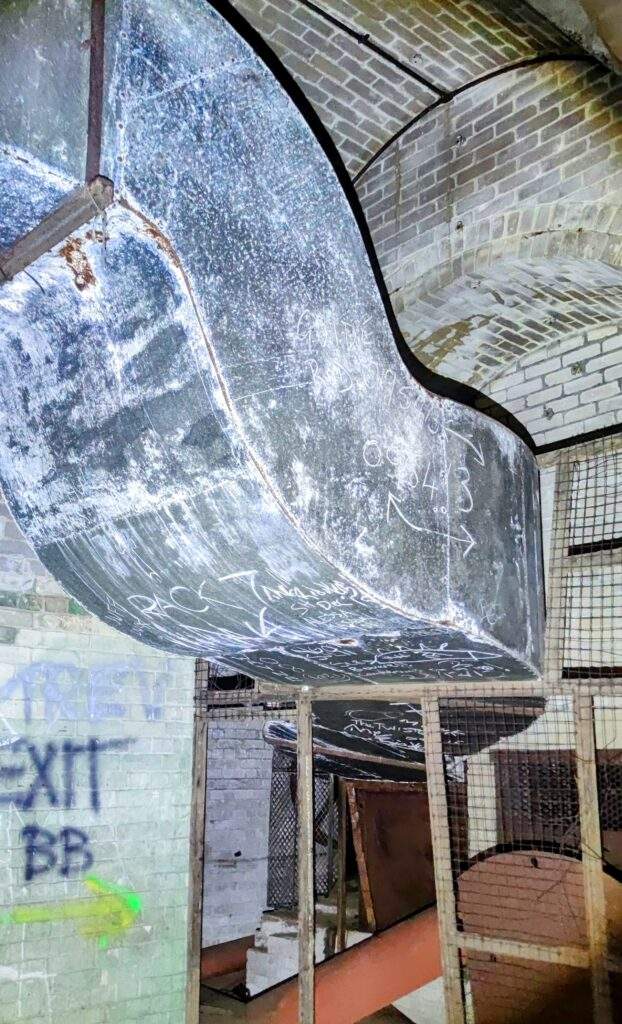
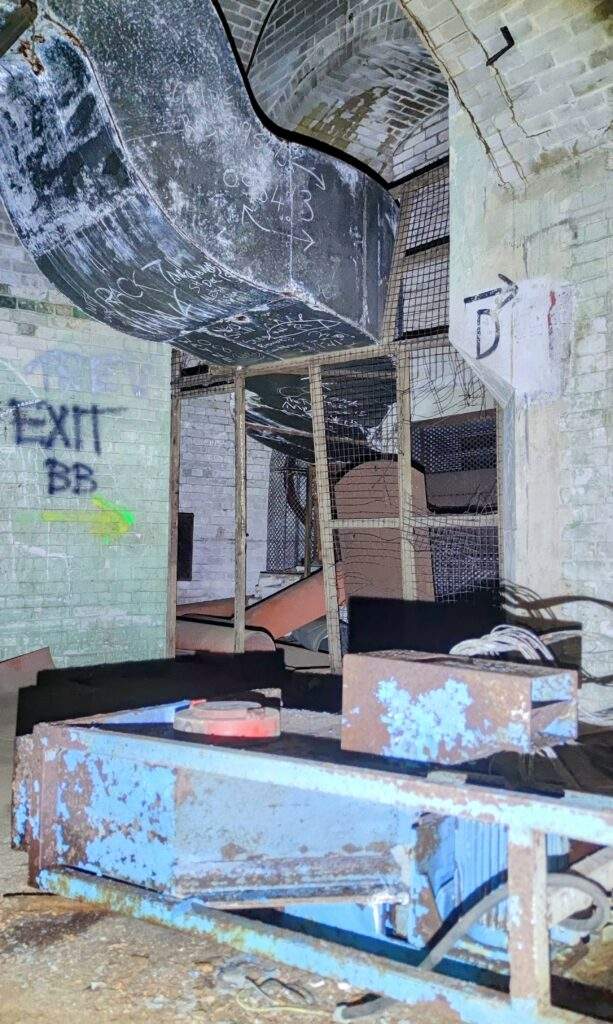
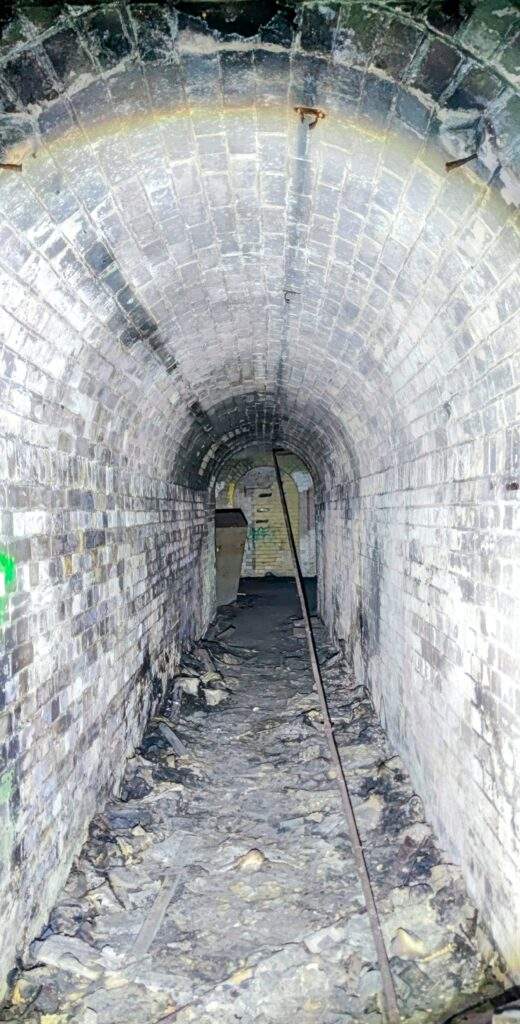


Little evidence of this once vast factory is visible today. Once Shorts moved out parts of the tunnels were used as storage and workshops by a road and paving equipment manufacturer, who remained at the site until the mid 1990s. During the late 1990s the site was cleared to make way for a large housing estate, leaving few clues to its industrial past, bar a small plaque.
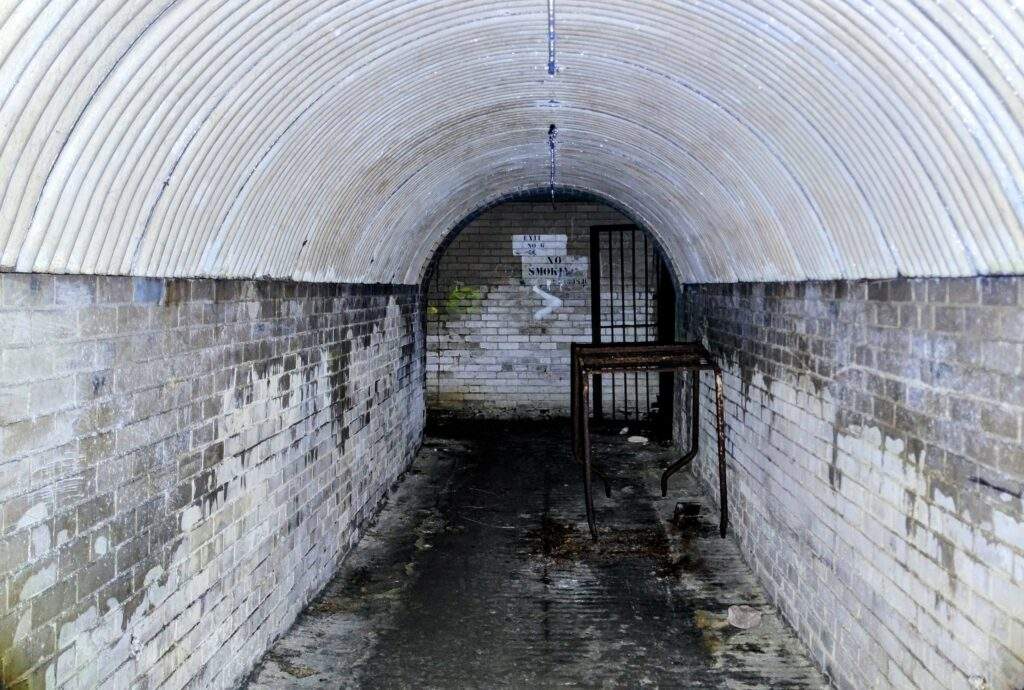



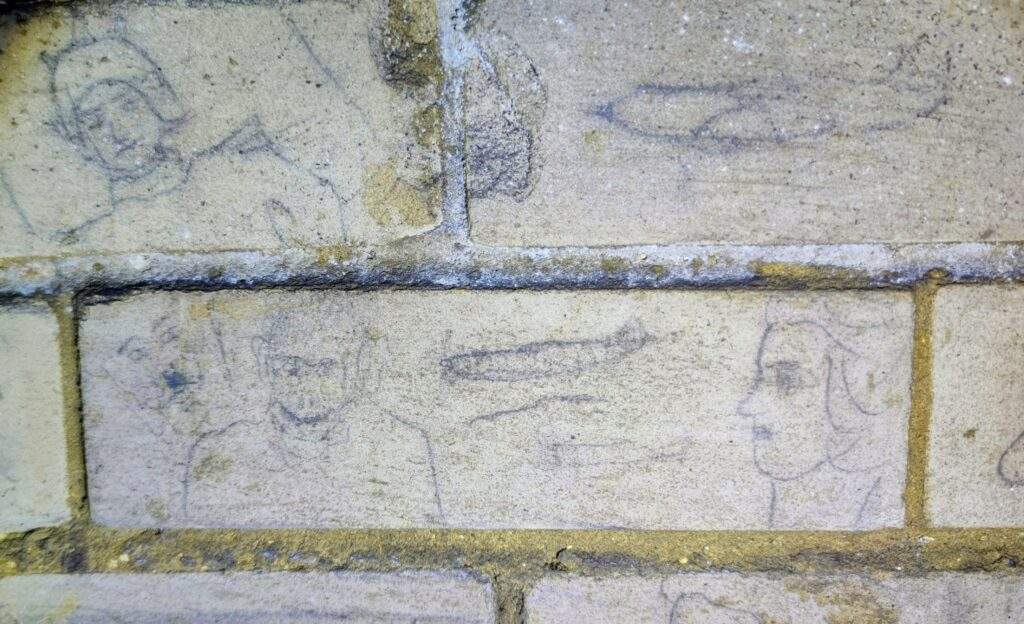
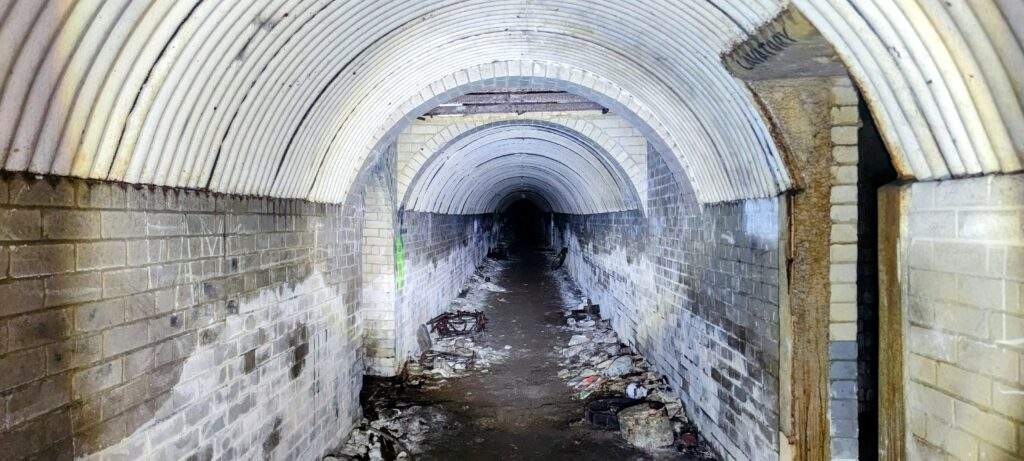



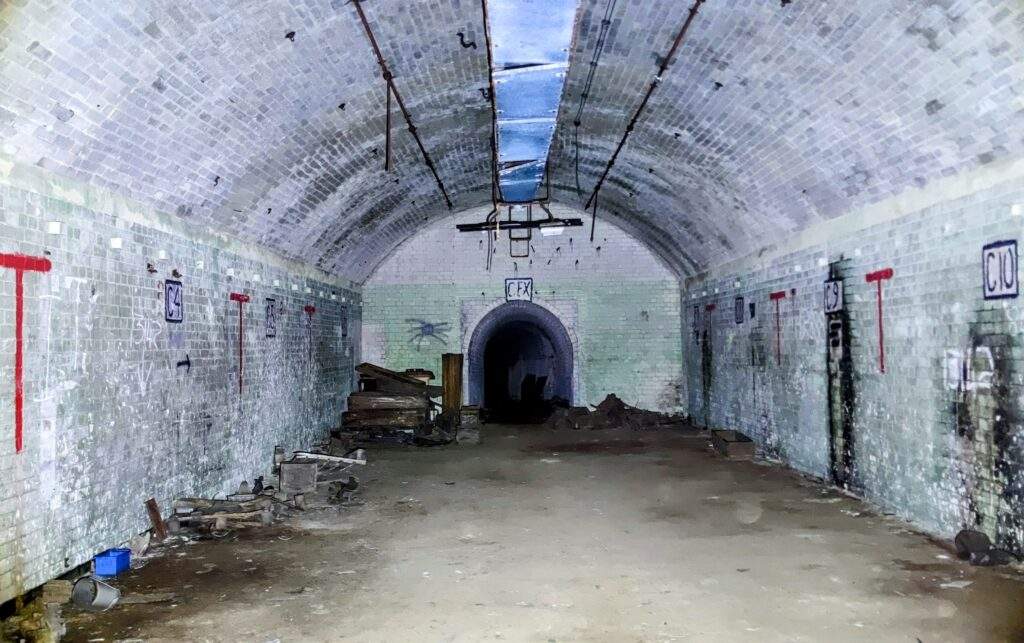

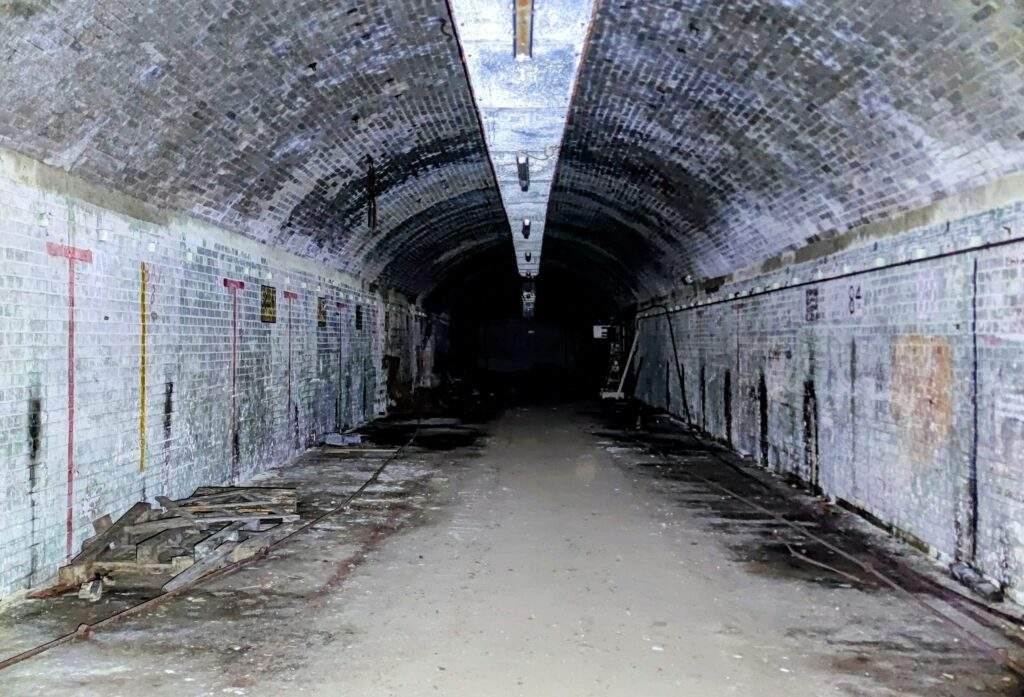
Beneath the ground, however, the tunnels remain as a much larger reminder of the past. They are in a relatively good condition, despite the efforts of local tee innagers intent on mischief. In 2010 four youths got lost in the network, having lit a fire inside. 35 firemen were involved in their rescue, which led to the access into the tunnels being more effectively blocked. Today it is possible to venture into the subterranean maze as part of an organised tour. An array of unique original graffiti can be seen, alongside clusters of old equipment and machinery. The graffiti includes games of noughts and crosses, a poem, planes and plenty of portraits. One of the planes was even decorated with glow-in-the-dark paint! Ducting, remains of benches and bunks, and wall-written signage is also still visible. In the expansive factory section of the tunnels part-burnt remnants of aircraft drawings can still be seen.






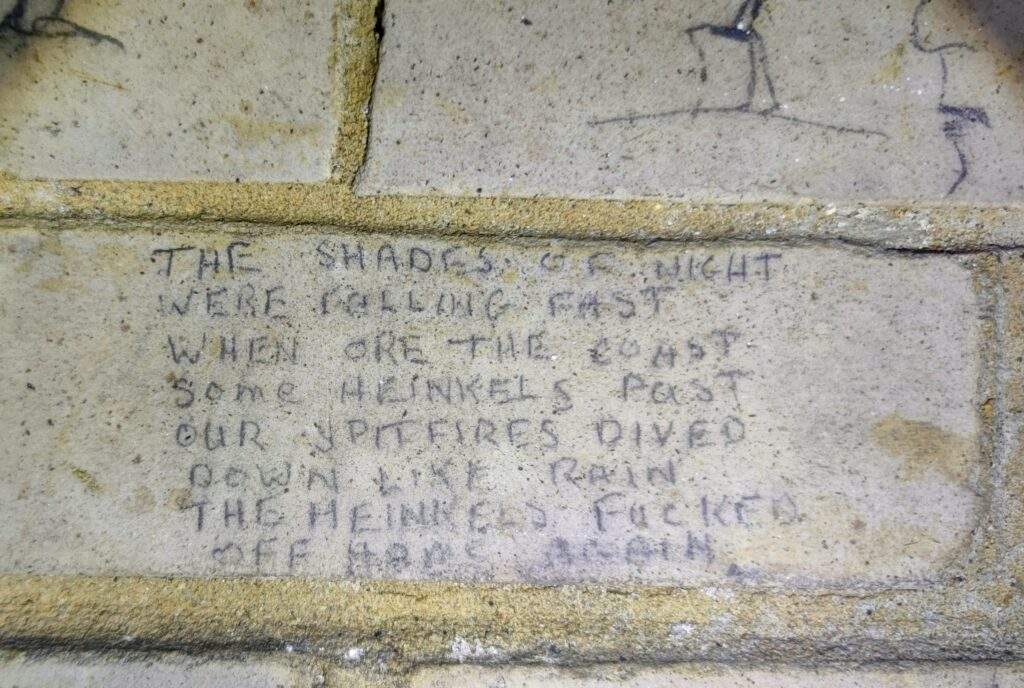
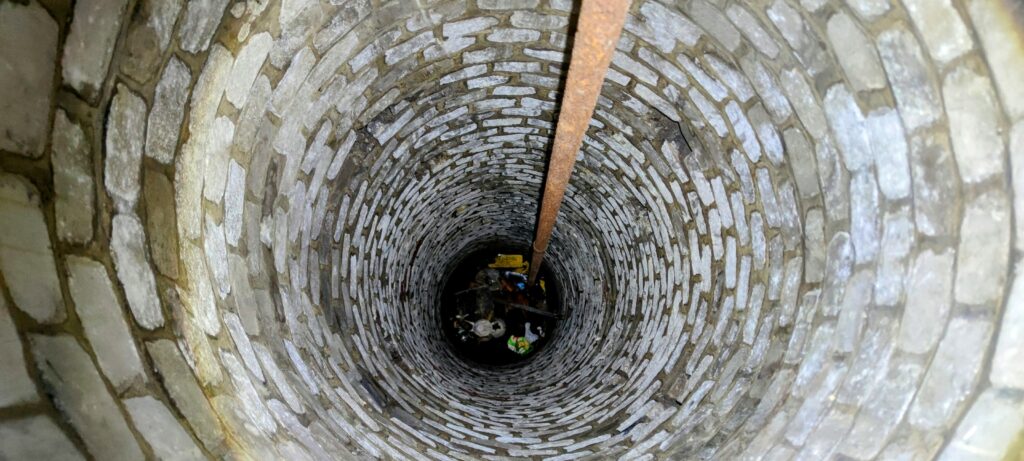
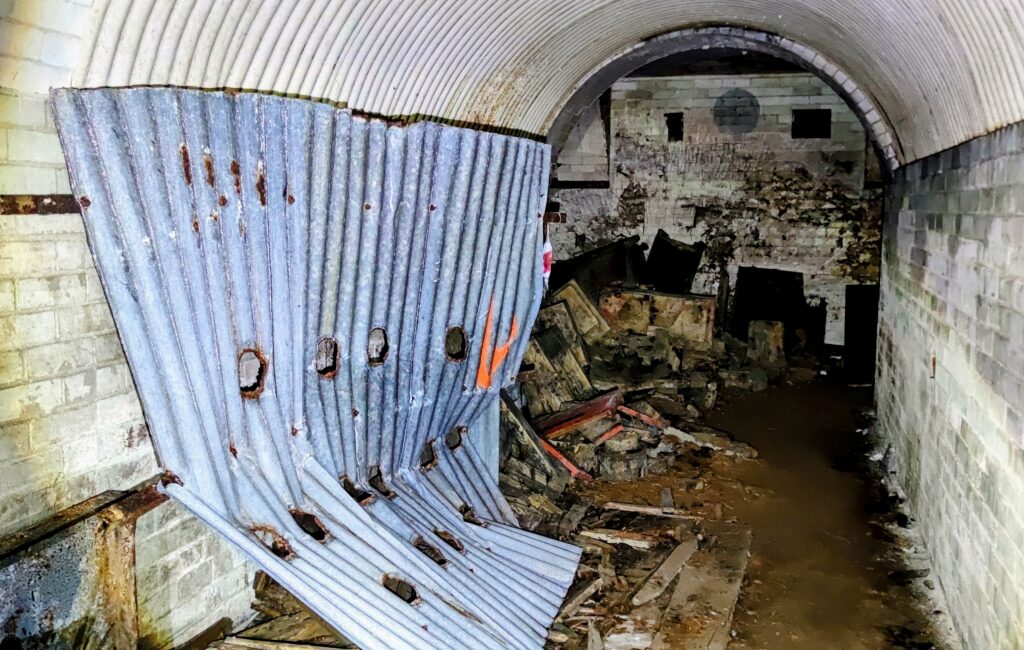




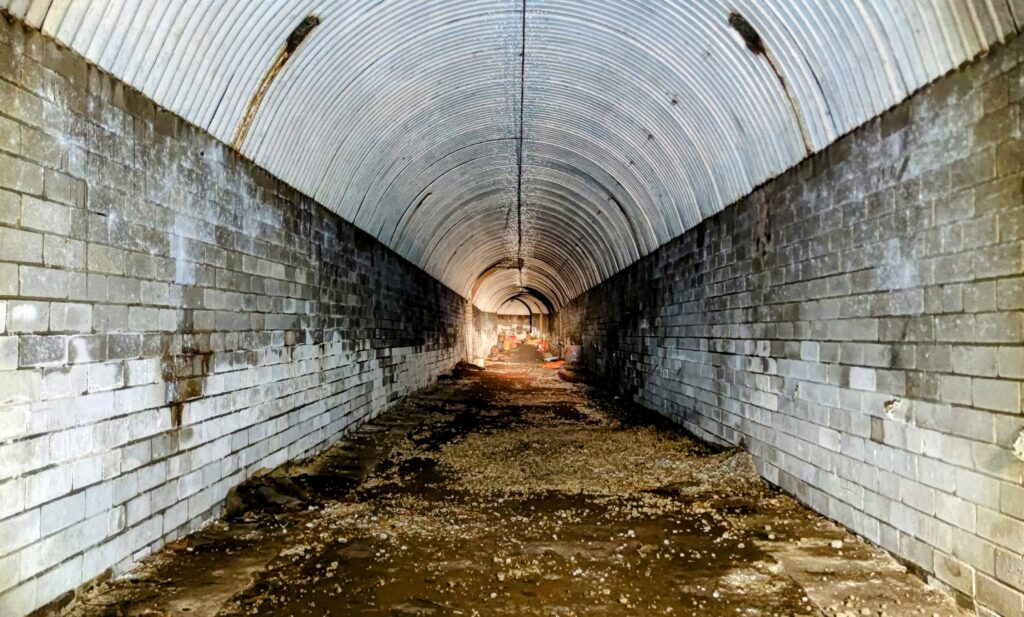
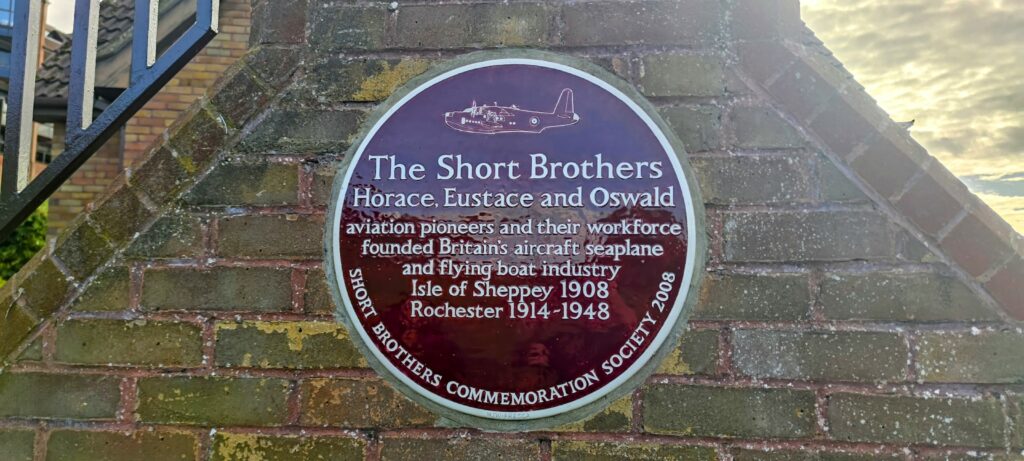
Last Updated on 22 October 2024 by Michael

